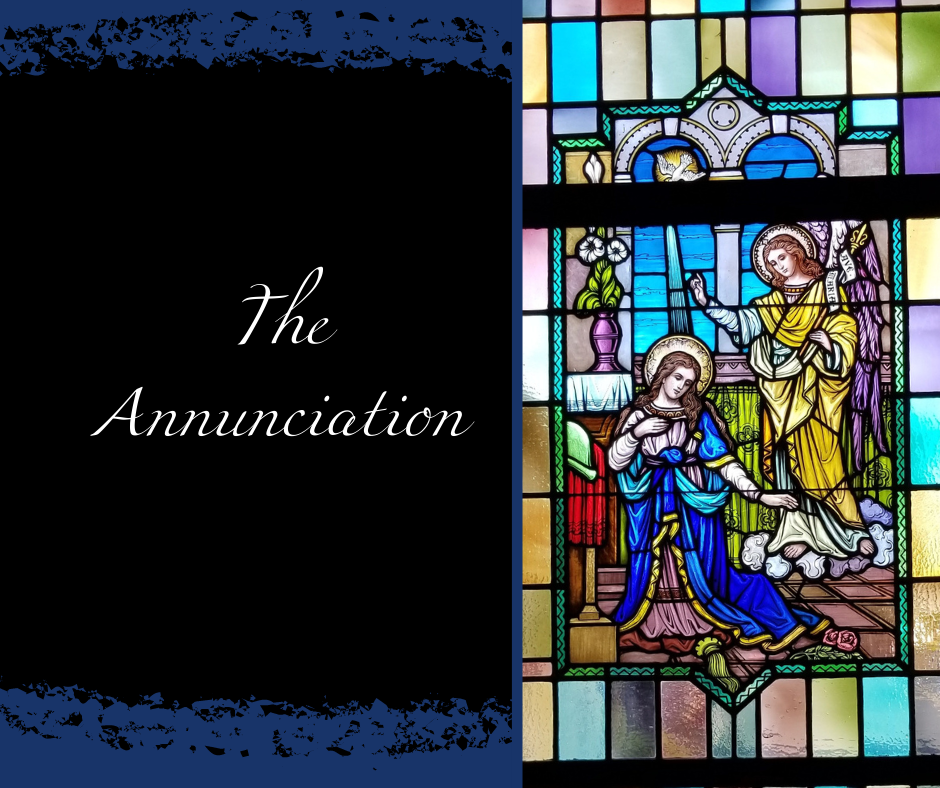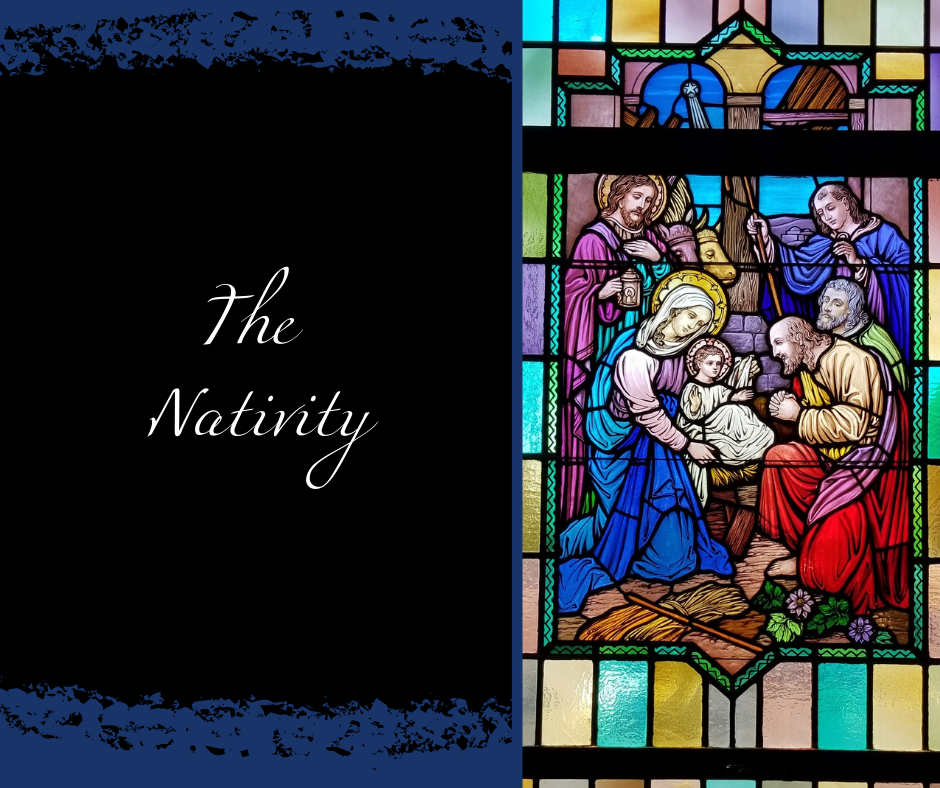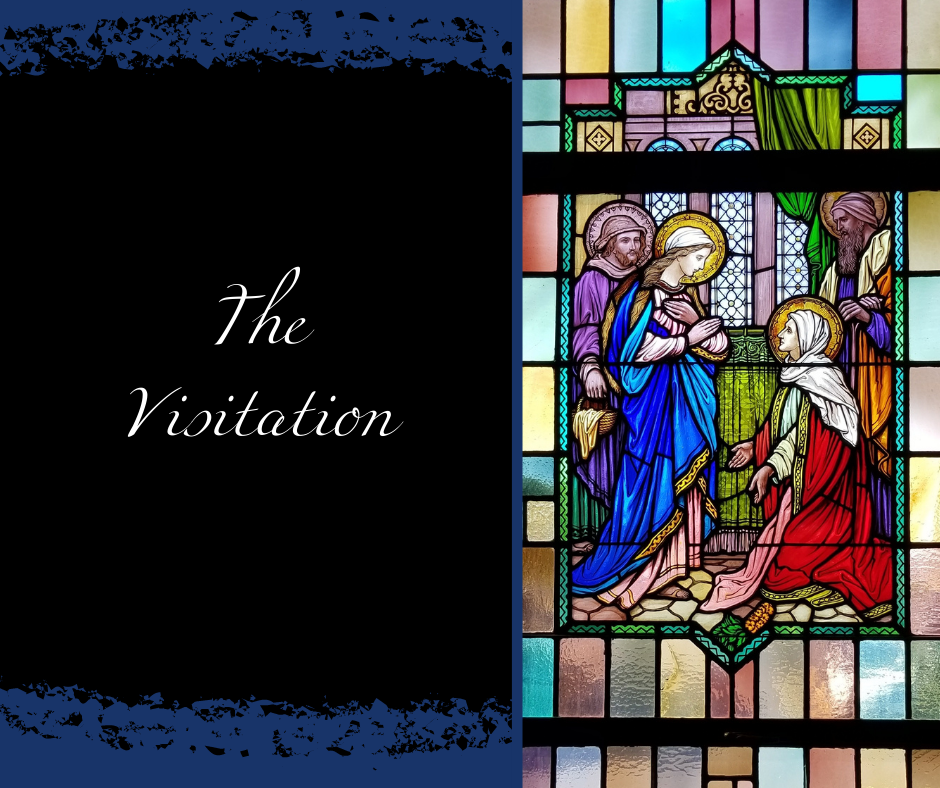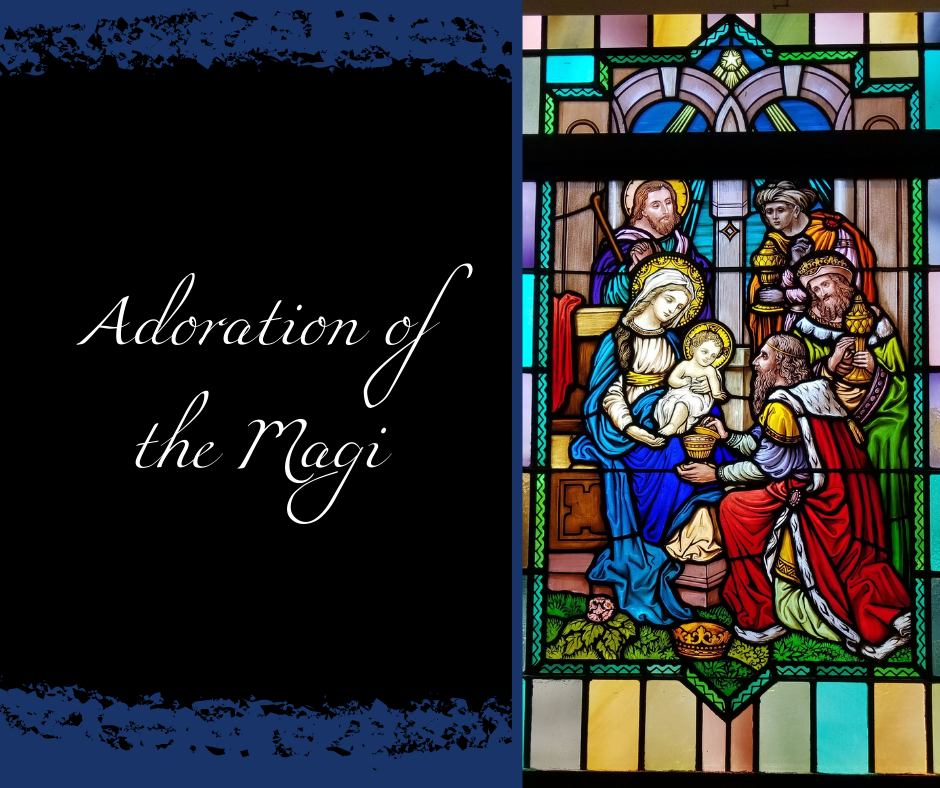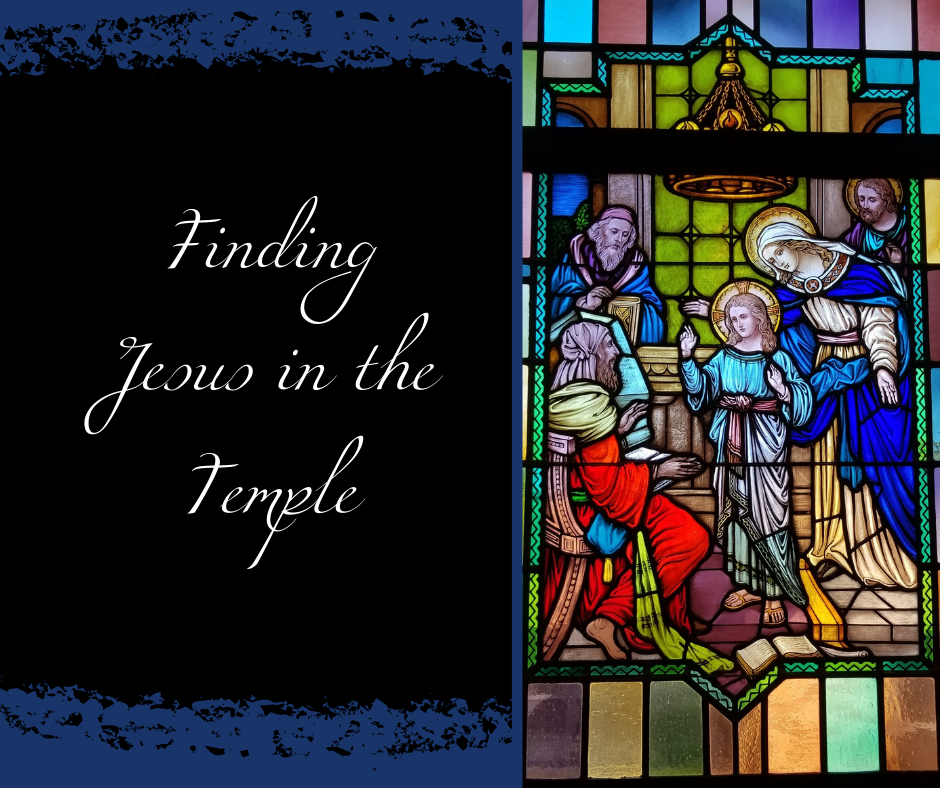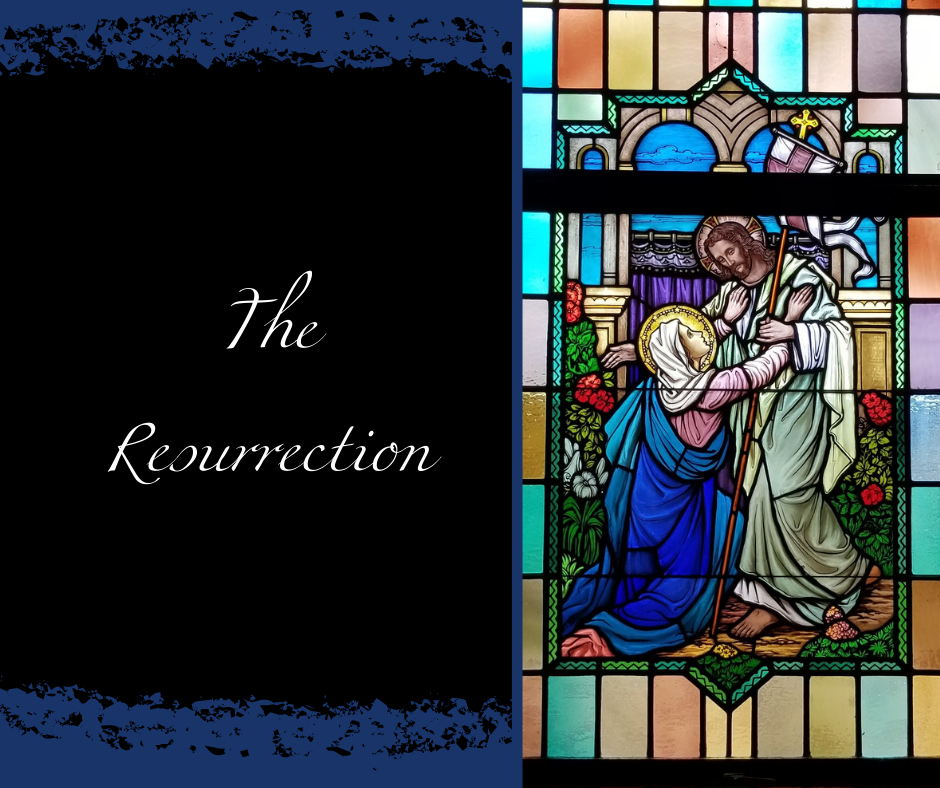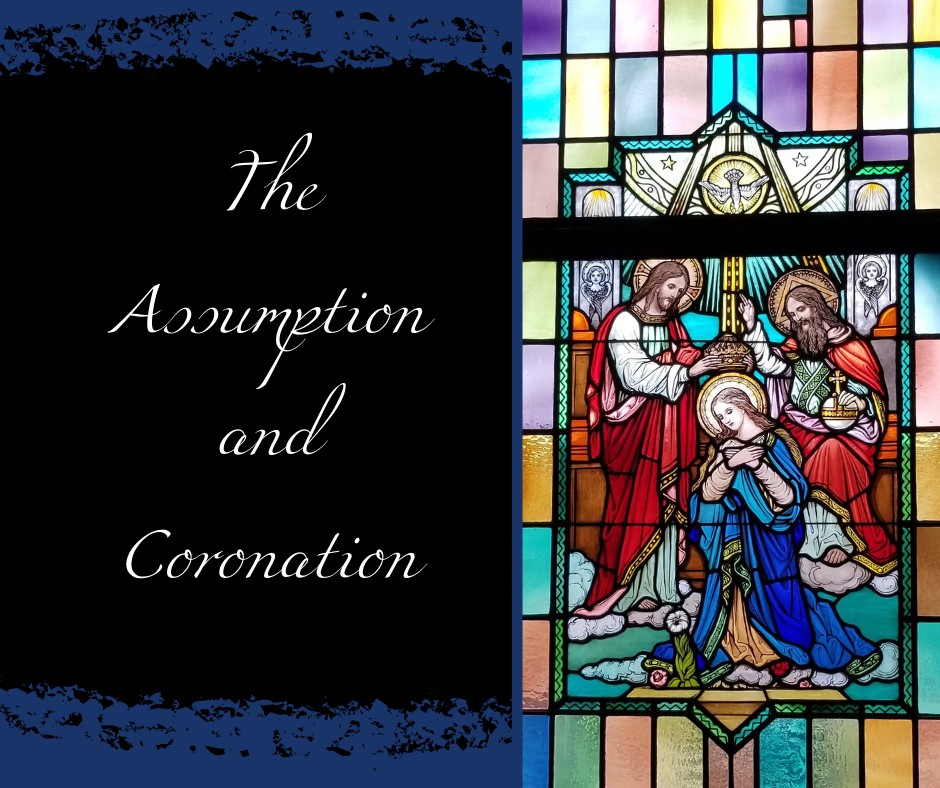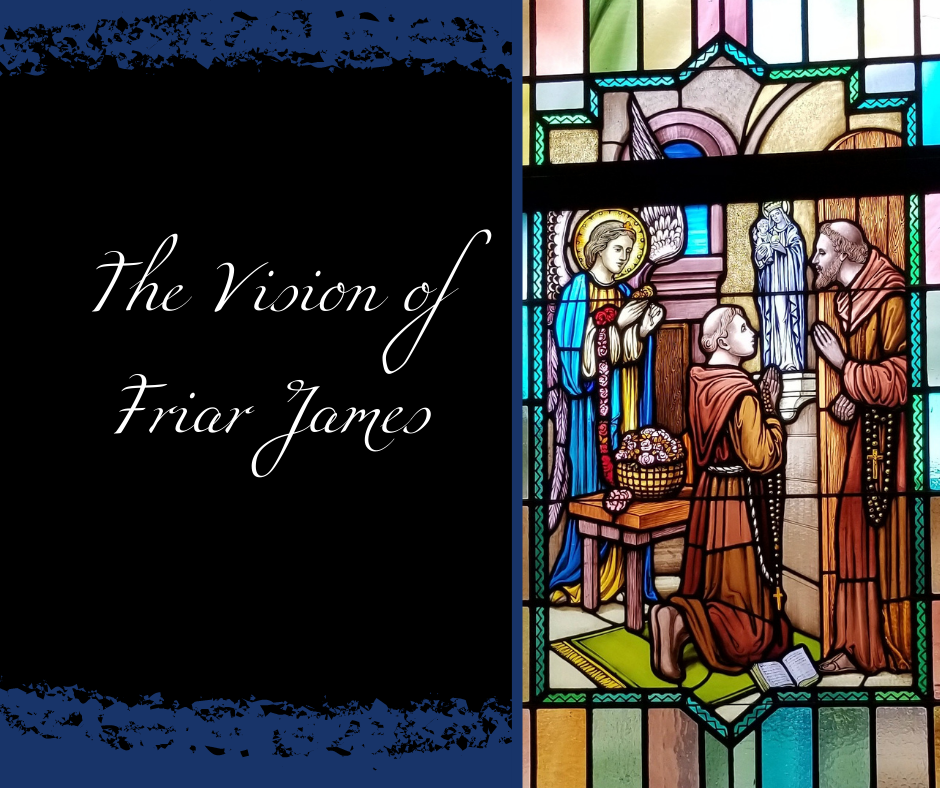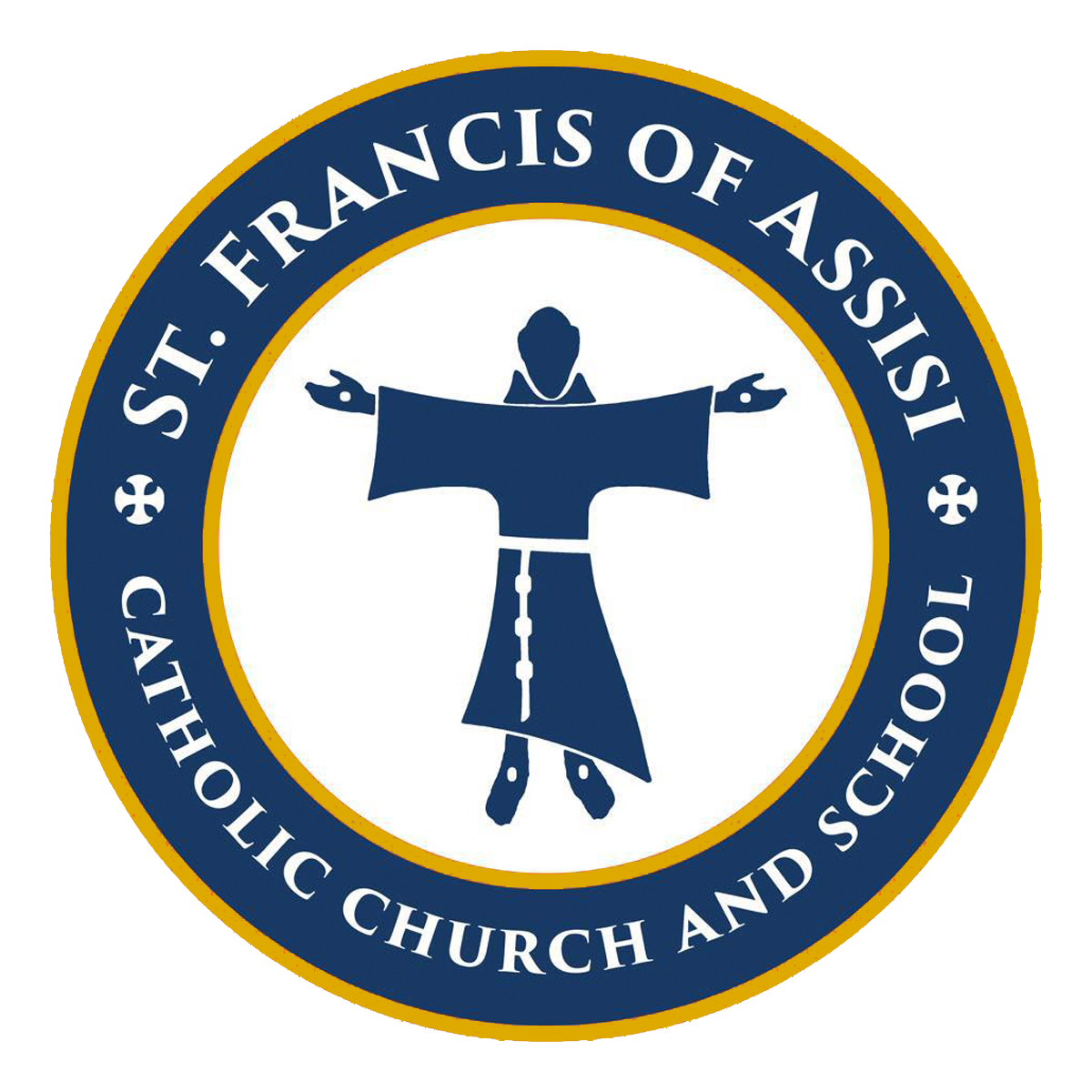Parish History
Our parish has a rich history in our town, being founded by people who trusted in the Lord and gathered together under the leadership of our bishop. Who we are today is based on who we were yesterday. Find out more about our spiritual forefathers as you read the history of our parish.
It all began in 1926 when a group of Catholic families in the Oakville area approached Fr. Albert Mayer, pastor of St. Andrew Church, regarding the establishment of a new parish. Until then, St. Andrew and Assumption churches served Catholics in this area. Around the same time, Franciscans from St. Anthony Friary in St. Louis were ministering to patients at Koch hospital and Veterans hospital. In 1927 the Franciscans were asked and accepted the role of spiritual leaders for this new parish. In turn, the people eagerly accepted the Franciscans’ patron, St. Francis of Assisi, as their own. Fr.Hilarion Duerk, OFM was appointed pastor.
A woman named Schneider donated one and sold another 2–1/2 acres of land at market value to the parish. The property was located on the east side of Telegraph Rd., just north of Yaeger Rd. Parishioners dug the 70-ft. by 30-ft. basement and foundation of the first church. This building seated approximately 100 people and cost about $3,500 to build. On May 9, 1927, the new church was dedicated at a Mass celebrated by Archbishop John J. Glennon. The Mass was preceded by a parade from the Oakville Farmers Club Park to church, and afterwards all returned to the park for a chicken dinner and entertainment.
The first school opened in 1930 in a two room metal building that was purchased from the St. Louis board of Education and moved to the church property. Two Sisters of St. Joseph at Carondelet staffed the school until 1941. In 1941, a new brick building had to be built to accommodate the growing school. The old school building was converted into a convent for the Franciscan Sisters of Our Lady of Perpetual Help, who had come at that time to teach in our parish school.
The parish continued to grow and on December 13, 1953, a new modern church building was dedicated at a Mass presided over by Most Reverend Joseph E. Ritter. This new church included a choir loft, sacristy, two offices and a study for the pastor on the main level. Below were four classrooms, lavatories, bus garages and several other rooms. Because of continuing growth, additions to the school were done in 1959, 1962 and 1976. In 1976, the church was also renovated. In 1981-82 the present parish center was added. This building addition provided a new gym/cafeteria, school library, school offices and more classrooms. The old school building was torn down in the early 1980’s to provide additional parking. In the late 1980’s six additional classrooms were added and the sacristy was expanded, connecting it to the present day rectory.
In the beginning years of the parish, the Franciscans and St. Joseph Sisters commuted to the parish to fulfill their duties. The priests lived at St. Anthony Friary in St. Louis and the sisters lived at the convent on Minnesota Ave. in the city. In 1938, a new friary was dedicated near Koch Hospital. That friary was used until 1961 when the present friary was finally built on parish property. In 1955 the convent was built.
For many years much of the focus of the parish was on the growth of the school and the general upkeep of the parish facilities. Then, in 1990, an extensive renovation project was introduced and the church was expanded to accommodate the large number of parishioners who attended Mass each week as well as special liturgies. All of the operating systems were updated at that time as well. Because of the renovations, Sunday Masses were held in the parish center from June 1991 through April 1992. On October 11, 1992, the newly renovated church was dedicated at a Mass celebrated by Bishop Paul Zipfel, DDVG.
The parishioners of St. Francis have always answered the call to support the parish and to actively participate. In the early years there was an open-air theater located in the area of the present day ball fields. Numerous shows were staged at this theater. In time the theater became too big a burden to maintain. So, in 1941 the new school included an auditorium and the shows moved inside and were called “variety shows.” This tradition continued for many years. Many other types of social events and fundraising, like the fish fries, parish picnic and turkey shoots were begun and continue today. Parish history is rich with a tradition of prayer, work and play.
The parish boundaries of St. Francis of Assisi have been split two times in its 80-year history. In 1962 the parish of St. Margaret Mary Alacoque was formed and in 1972, Queen of All Saints parish was established. St. Francis of Assisi has approximately 2654 parish households today. We continue to be a strong faith community that shares in worship, ministry and fellowship.
After 75 years and some 80 Friars, the Franciscan friars of the Sacred Heart Province no longer had sufficient manpower to meet the needs of this large, active parish. In June 2002 the parish entered a new chapter in its history as the friars relinquished staffing to the Archdiocese of St. Louis. We look forward to many years of continued spiritual growth and vitality under the guidance of our diocesan priests.
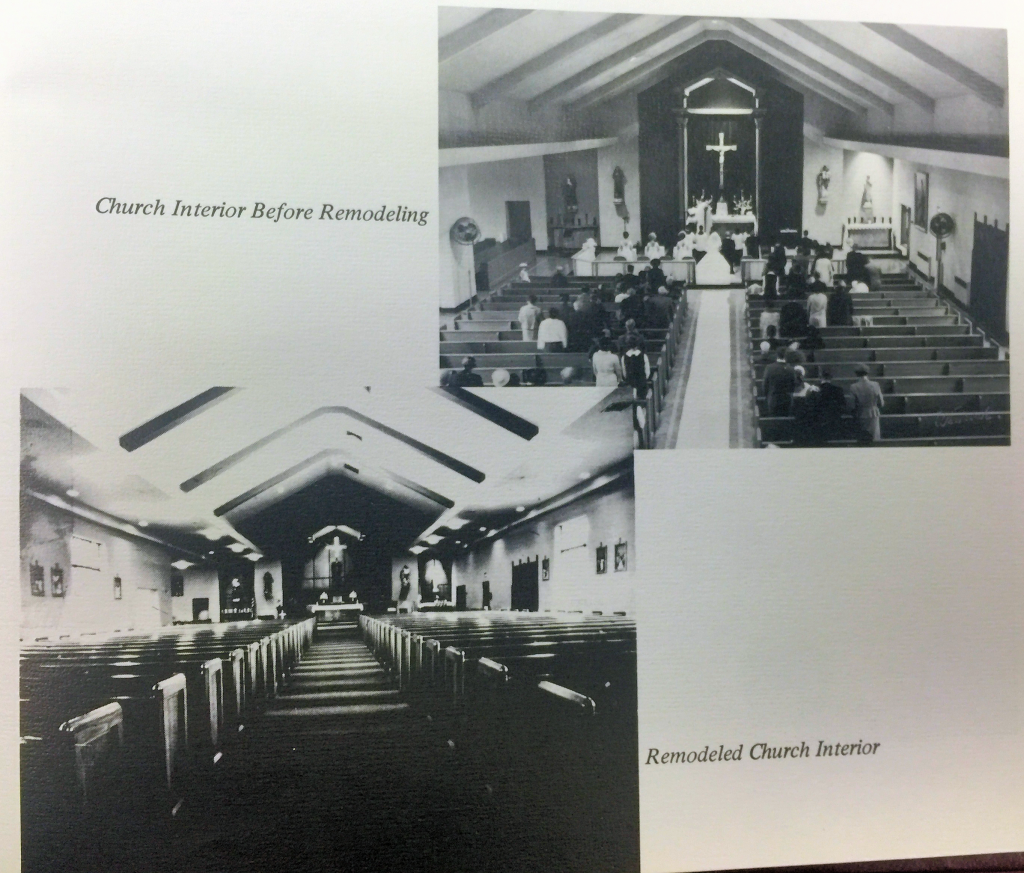
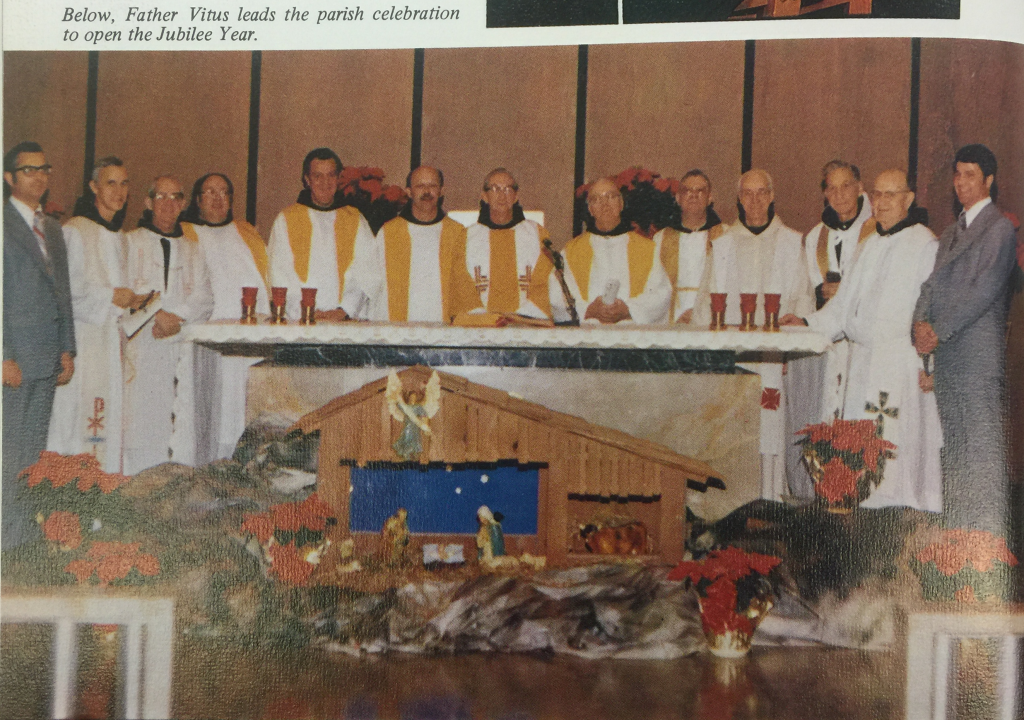
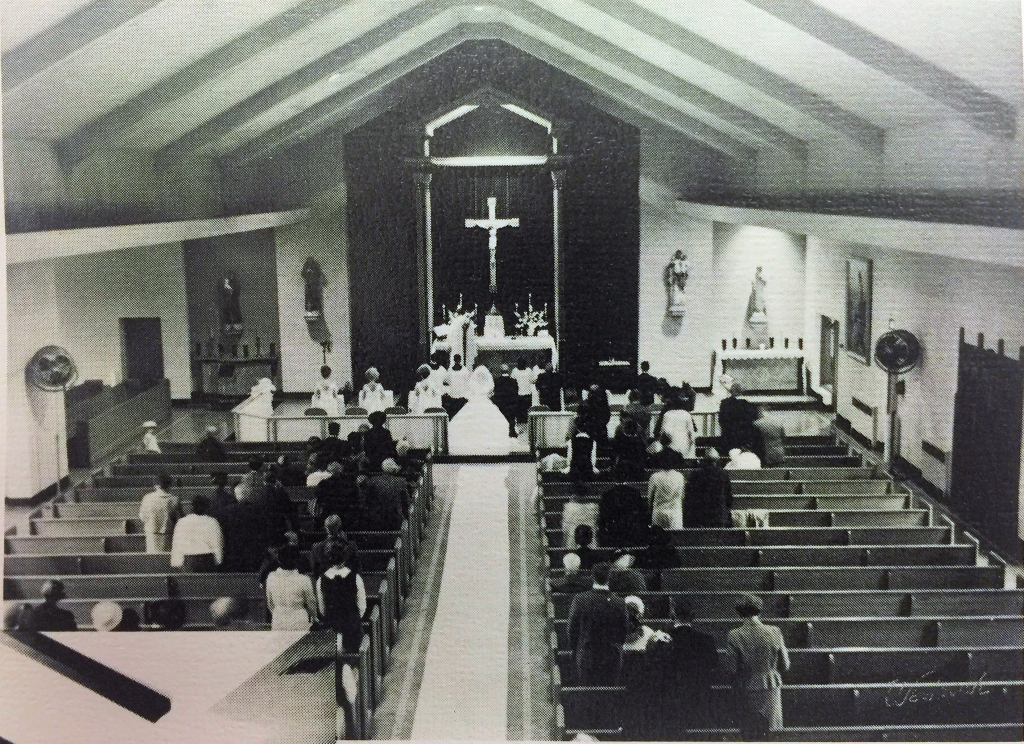
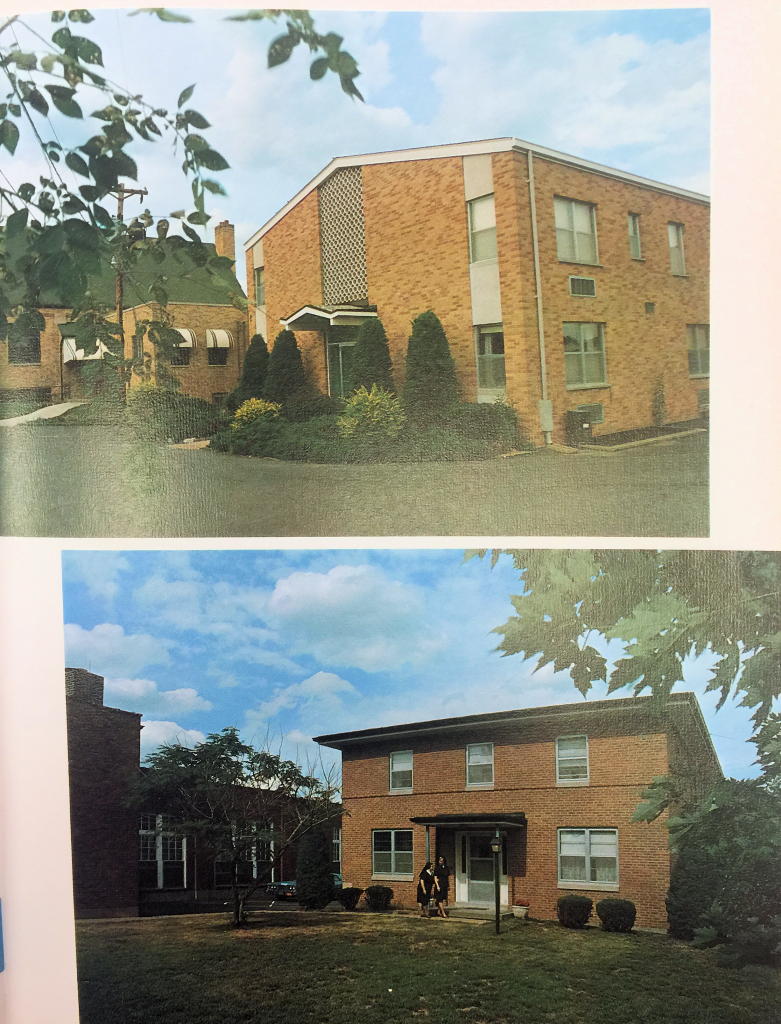
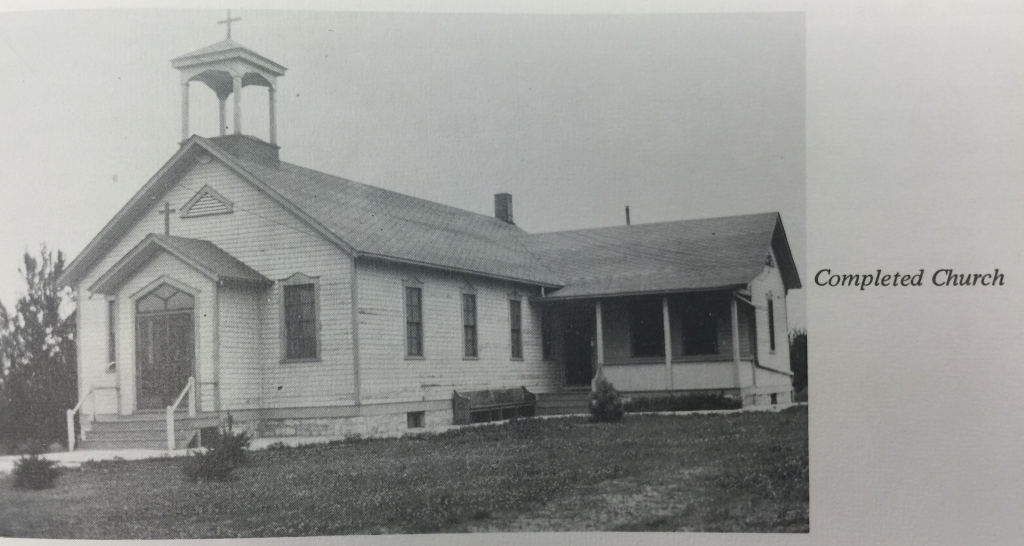
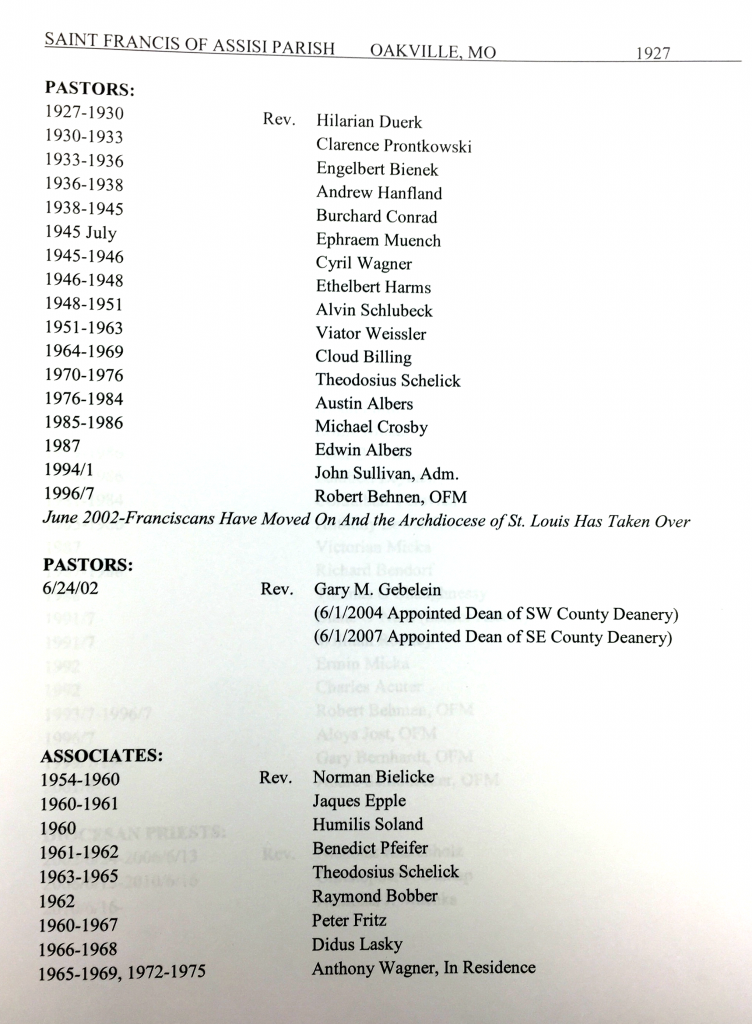
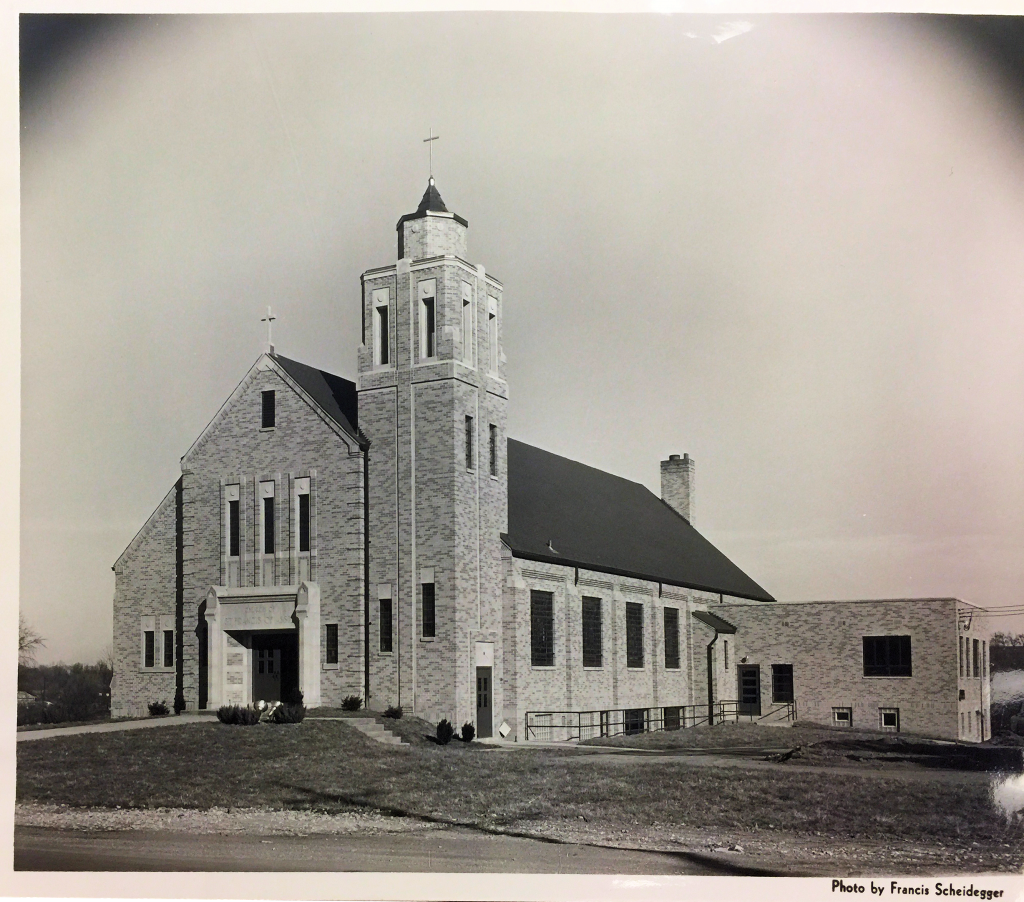
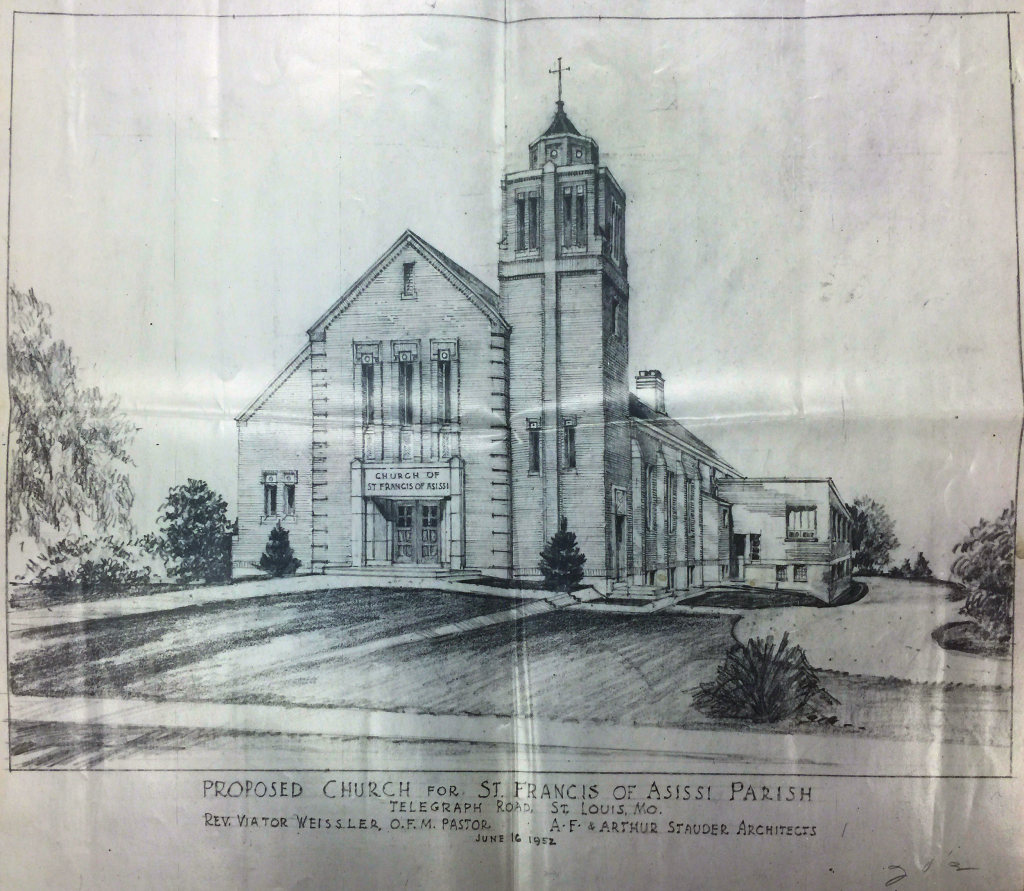


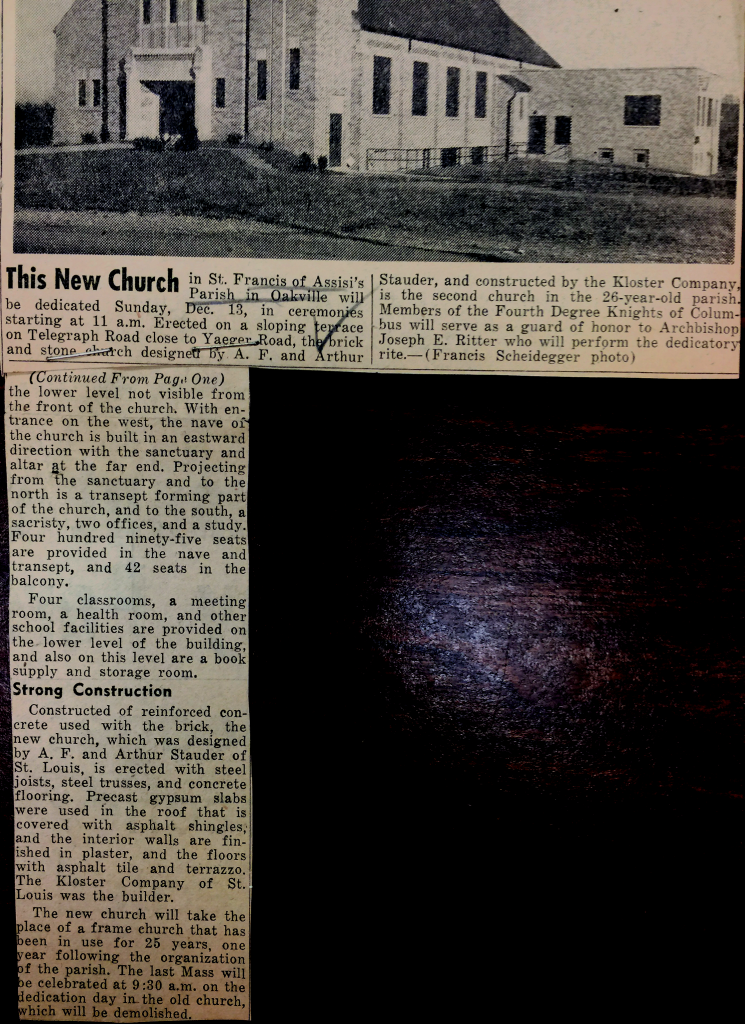
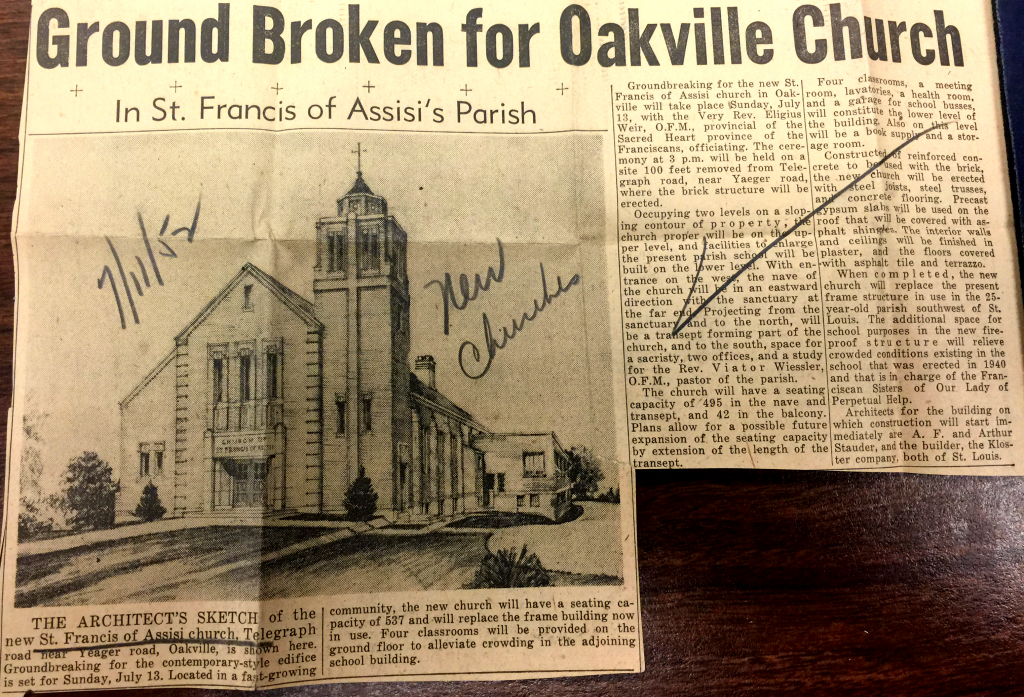
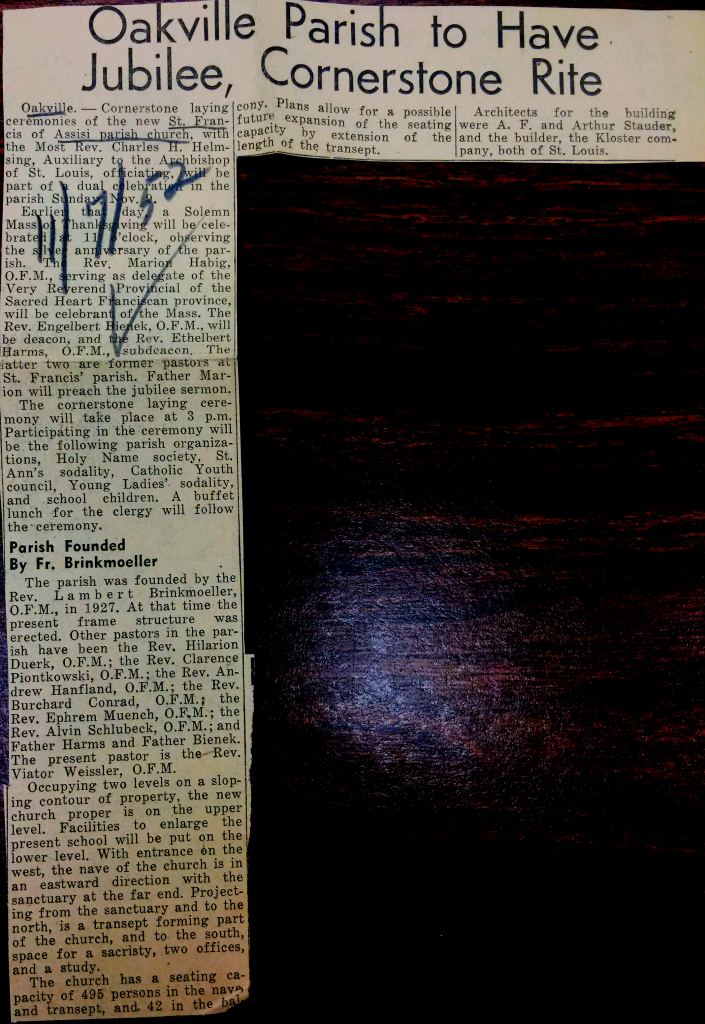
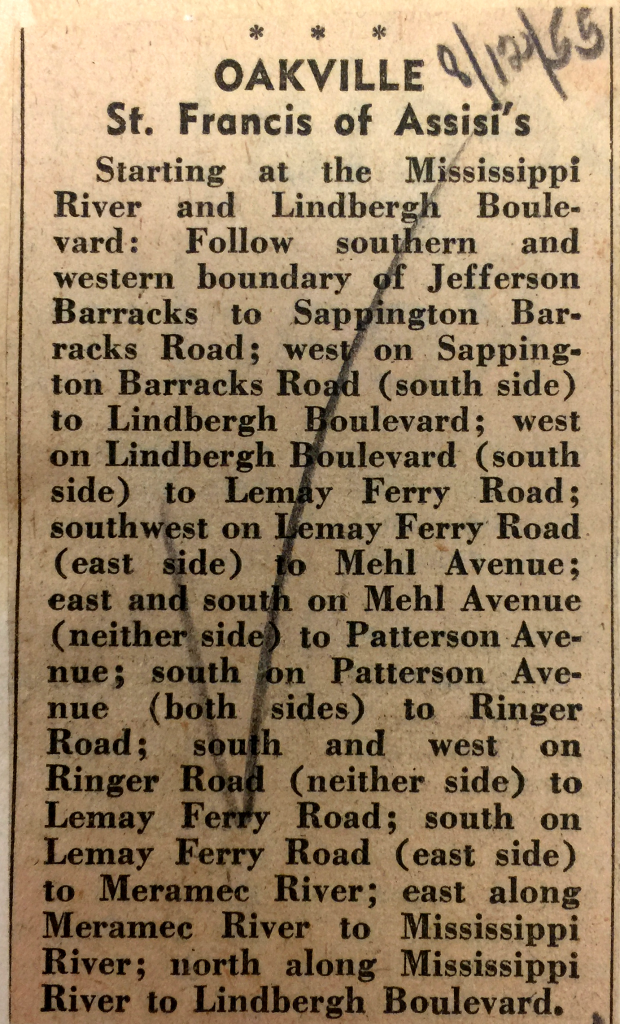
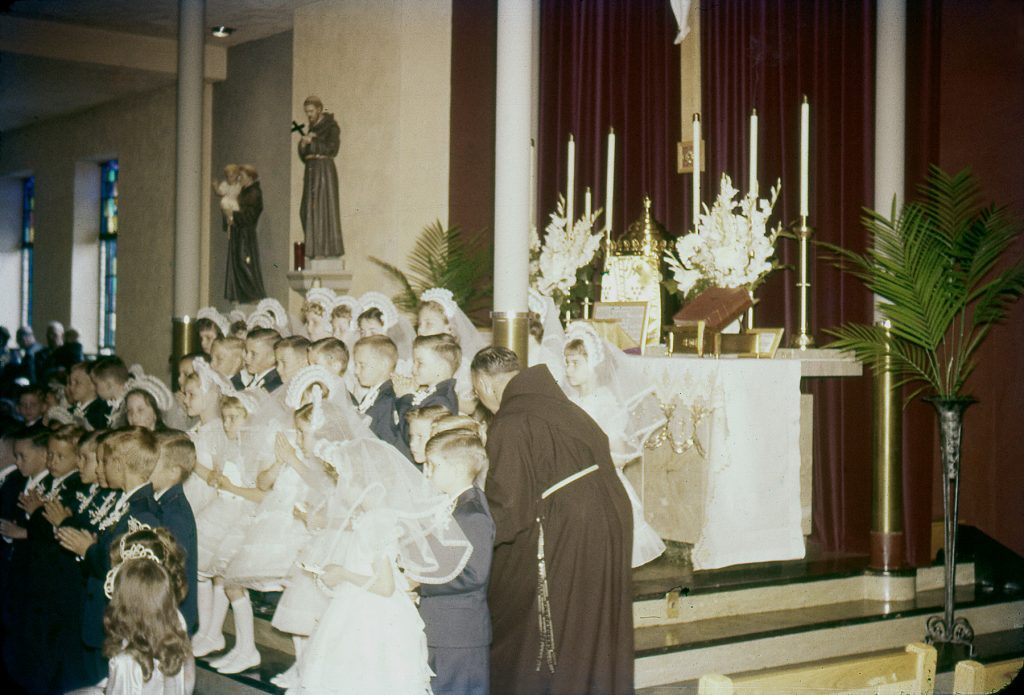

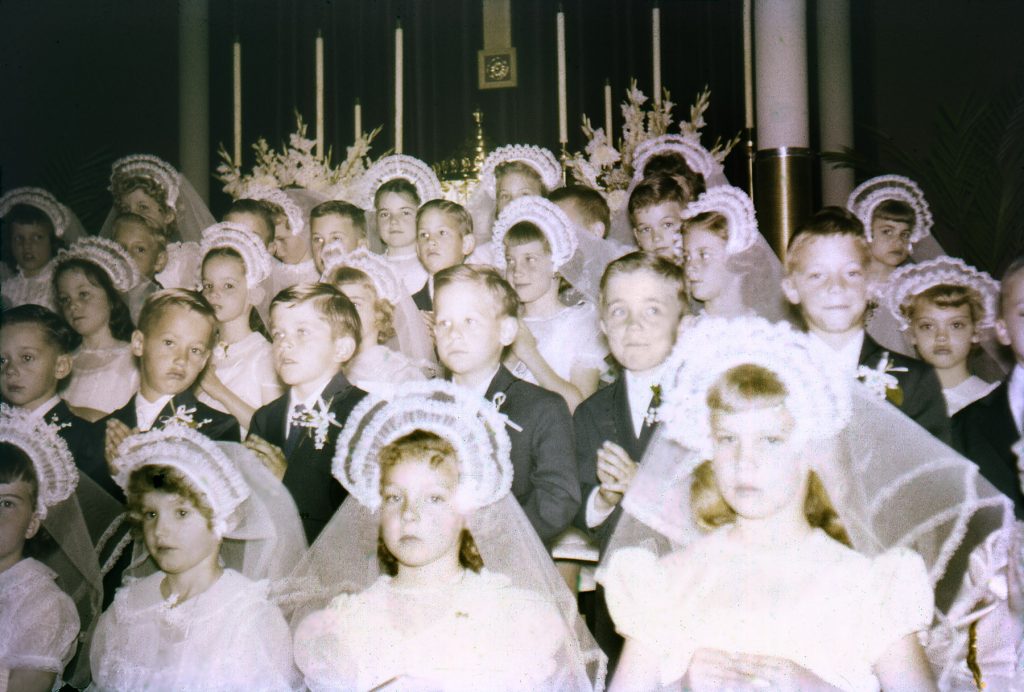
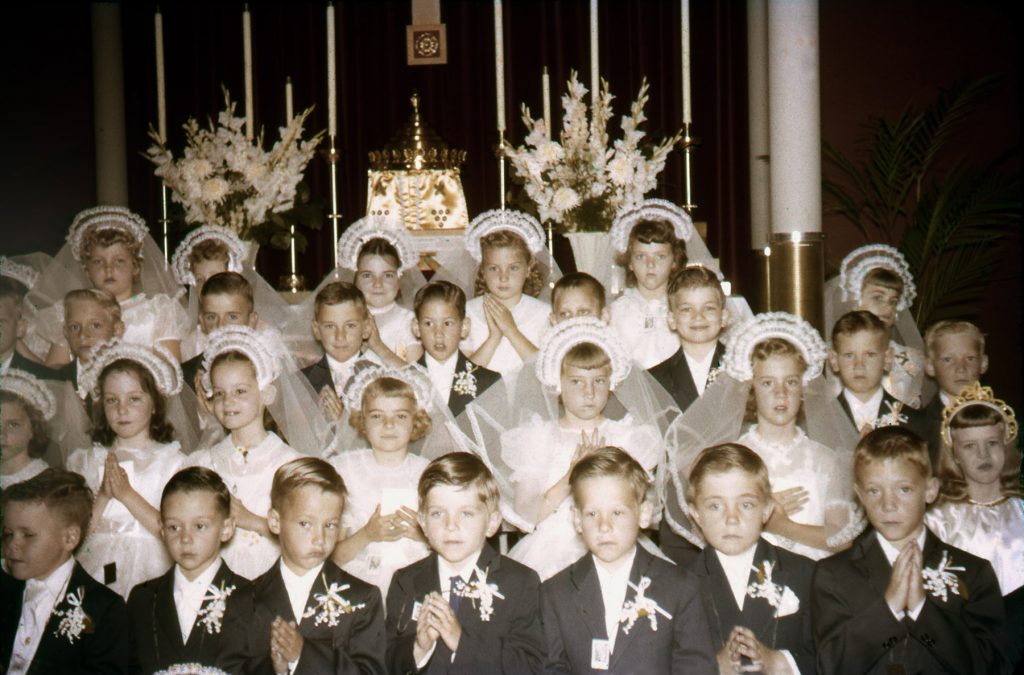
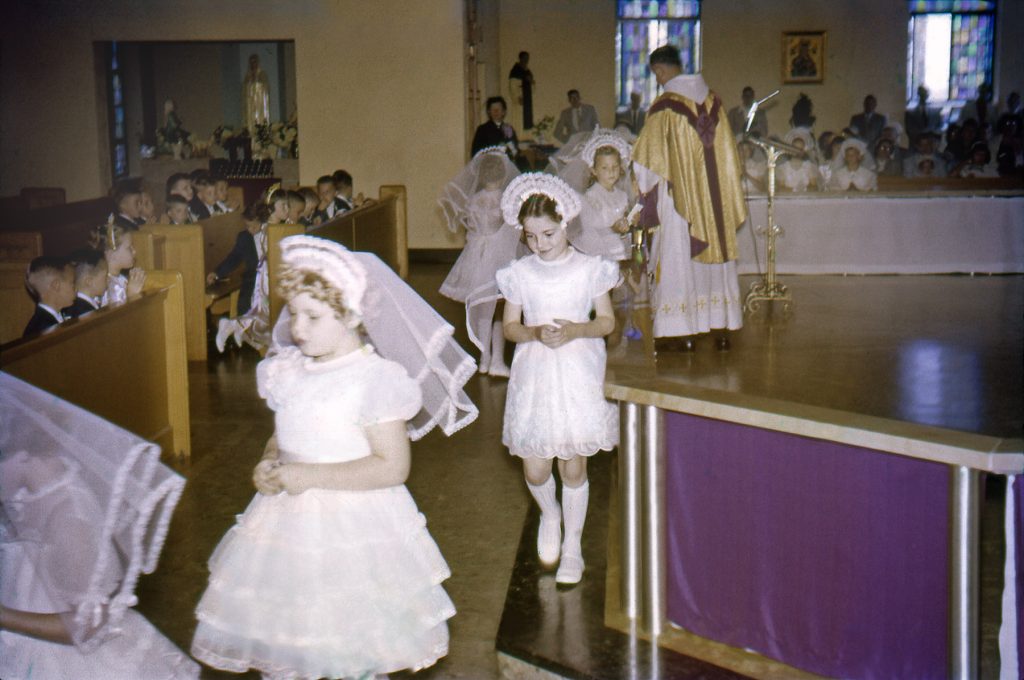
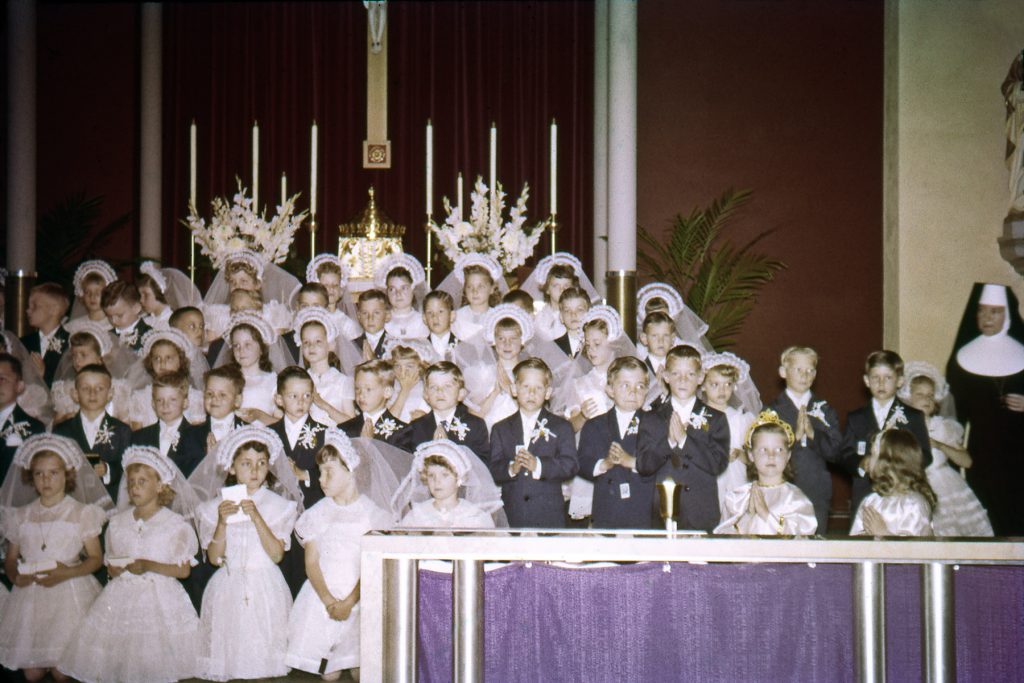
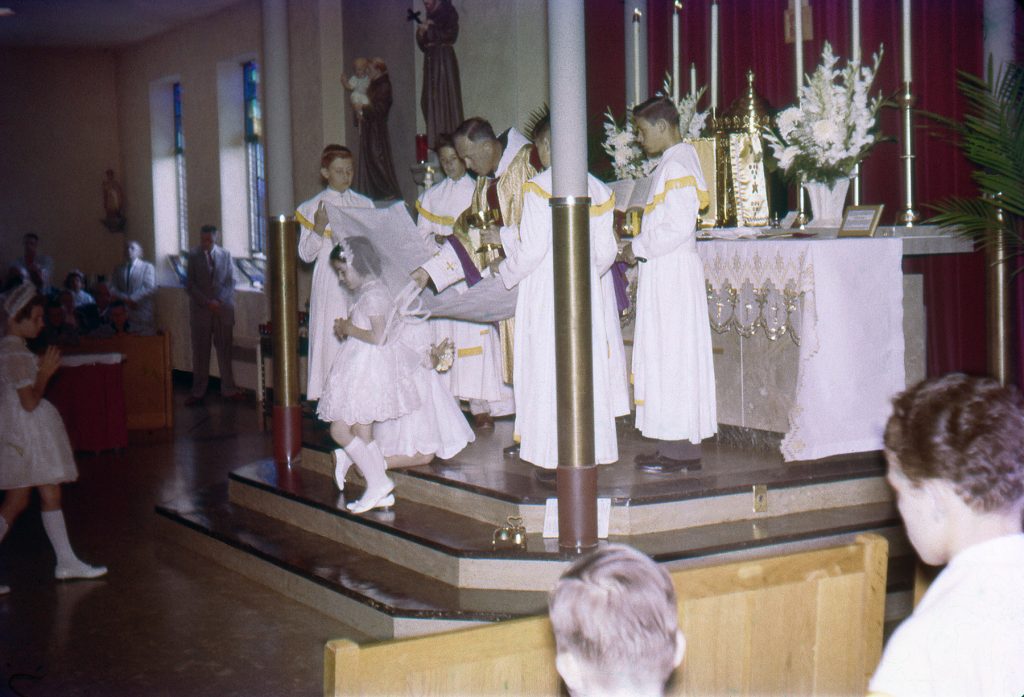
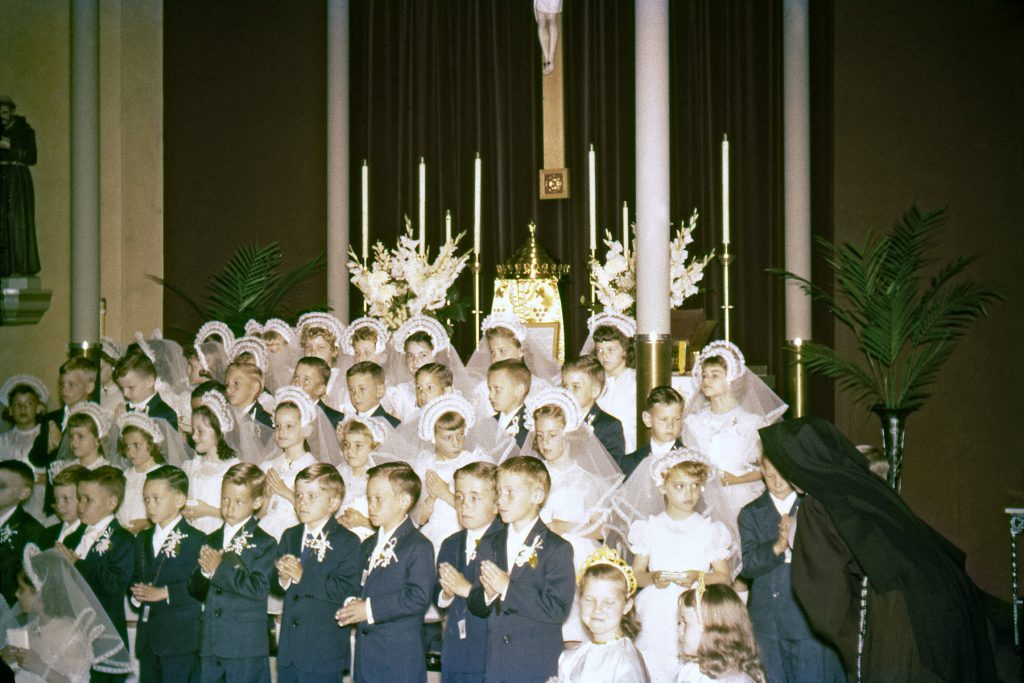



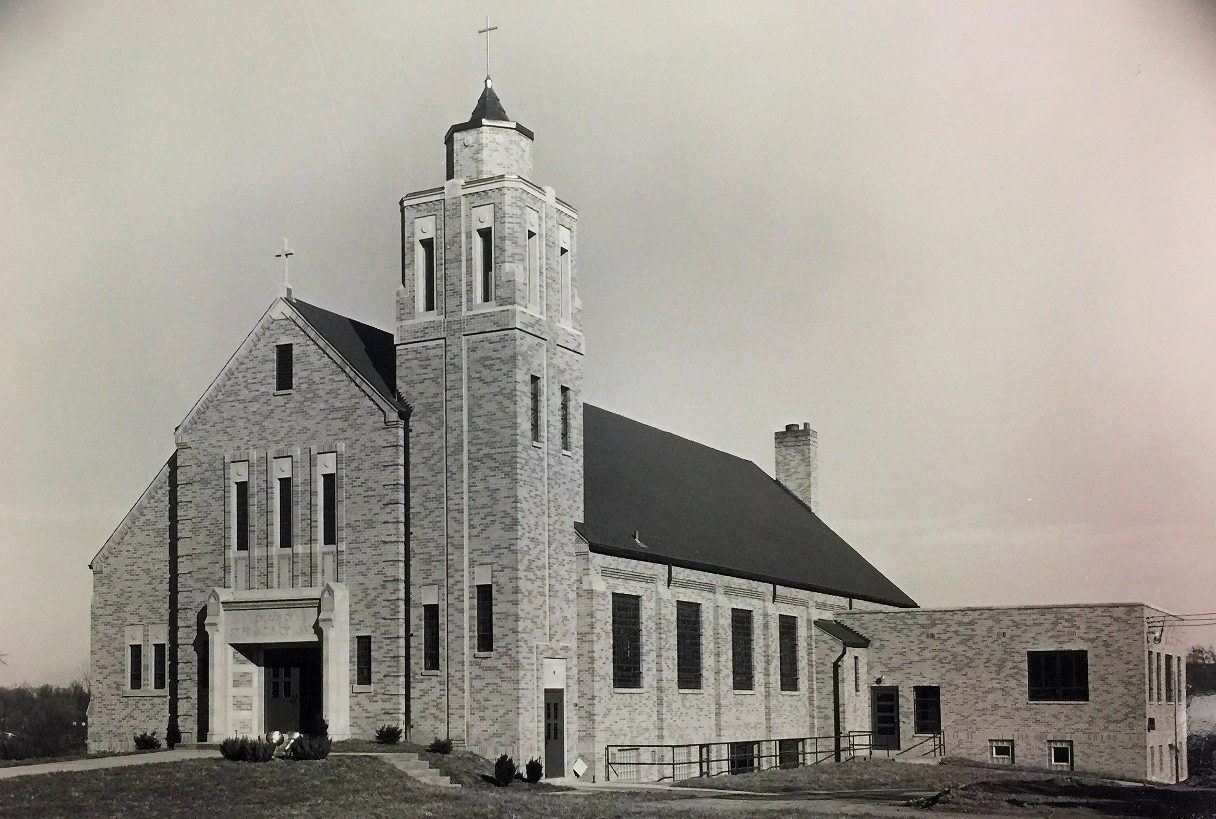
The stained glass windows of our church tell their own unique story. Each of the windows depicts one of the joys of Mary in tribute to the Franciscan Crown.
In 1422, an apparition of the Blessed Virgin Mary took place in Assisi, to a certain Franciscan novice, named James. As a child he had a custom of daily offering a crown of roses to our Blessed Mother. When he entered the Friar Minor, he became distressed that he would no longer be able to offer this type of gift. He considered leaving when our Lady appeared to him to give him comfort and showed him another daily offering he could do. Our Lady said : “In place of the flowers that soon wither and cannot always be found, you can weave for me a crown from the flowers of your prayers … Recite one Our Father and ten Hail Marys while recalling the Seven Joys I experienced.” Friar James began at once to pray as directed. Meanwhile, the novice master entered and saw an angel weaving a wreath of roses and after every tenth rose, the angel, inserted a golden lily. When the wreath was finished, he placed it on Friar James’ head. The novice master commanded the youth to tell him what he had been doing; and Friar James explained he had been praying the rosary as the blessed Mother had instructed him to do.
For instructions on how to pray the Franciscan crown as well as images of our windows, click here.
